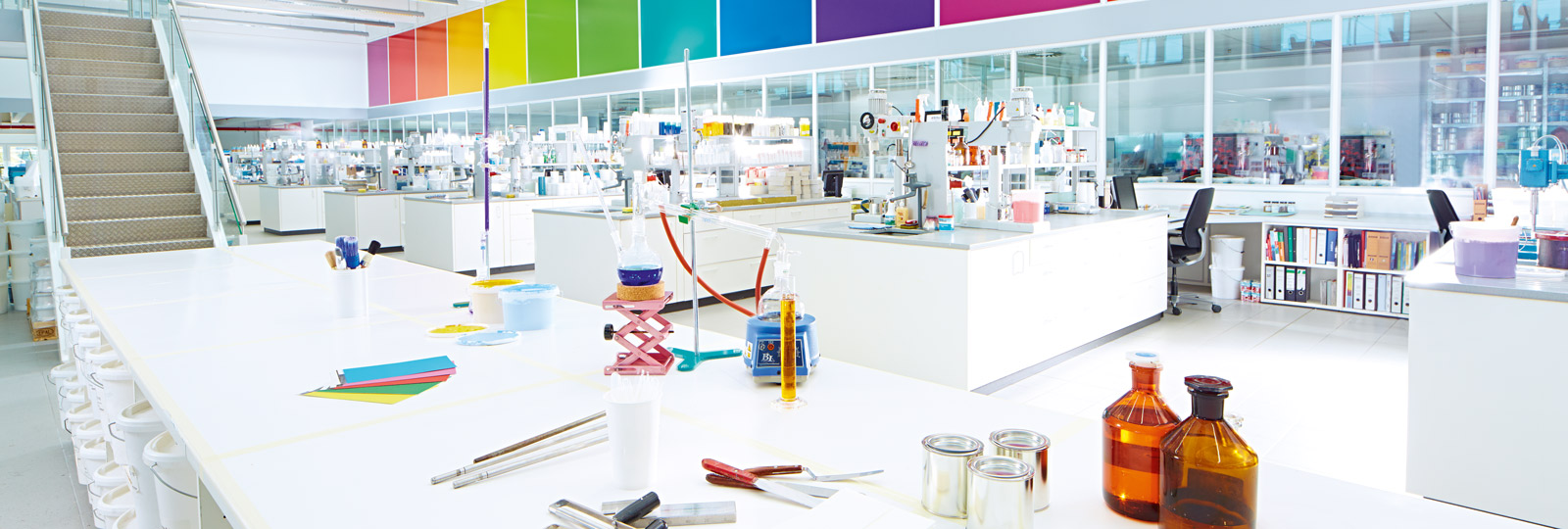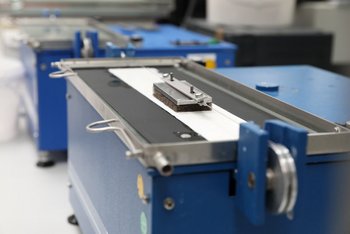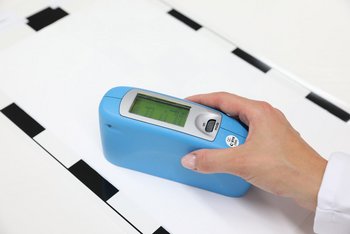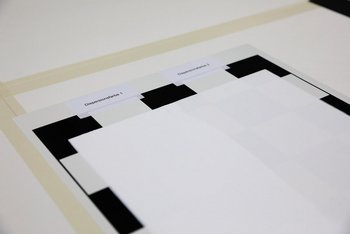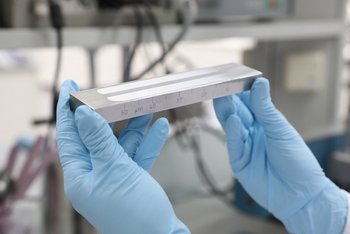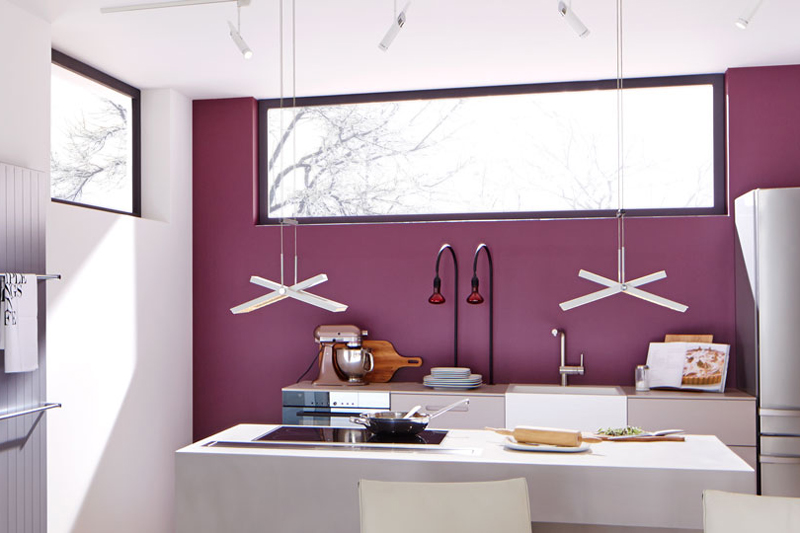EN 13300: The norm for high-quality interior coatings
Deciding to use Brillux interior emulsions is a decision for the highest quality. Developed according to the highest demands of professionals. Perfectly adapted for all purposes. Top quality that sets standards in terms of processing, surface appearance and durability.
A product quality that is strictly controlled and monitored from reviewing raw materials, through each production step up until the finished product and which subsequently needs to be proven again and again in each subsequent processing and practical test.
Norms are important criteria for assessing the quality. Compliance with the standard guarantees users precisely specified and monitored quality.
The most important quality criteria for interior wall coatings are specified in the European norm for "Paints and varnishes – Water-borne coating materials and coating systems for interior walls and ceilings" EN 13300.
The quality criterion: "Wet-abrasion resistance"
The measure for resistance to mechanical abrasion, for example when cleaning the surface – the so-called wet-abrasion resistance – is broken down into five classes according to EN 13300. Class 1 has the highest wet-abrasion resistance, while class 5 has the lowest.
- Class 1: < 5 µm at 200 strokes
- Class 2: ≥ 5 µm and < 20 µm at 200 strokes
- Class 3: ≥ 20 µm and < 70 µm at 200 strokes
- Class 4: < 70 µm at 40 strokes
- Class 5: ≥ 70 µm at 40 strokes
Wet-abrasion resistance is an indicator of durability. The suitability for cleaning also depends on the selected paint's gloss grade.
The classification criterion: "Gloss"
EN 13300 distinguishes between four gloss grades:
- glossy
- medium glossy
- matt
- rough matt
The gloss grade is measured with a reflectometer / glossmeter according to EN 13300 at angles of 60° and 85°. The surface must be smooth.
Matt coatings touch up a wall painted in grazing light, semi-gloss and glossy coats make unevenness significantly more prominent.
The quality criterion: "Contrast"
The contrast ratio or hiding power illustrates the ability of an interior paint to cover a contrasting substrate. The contrast ratio is assigned one of four classes depending on the paint’s covering rate (m2 per liter): class 1 is the highest and class 4 has the lowest hiding power (example: class 1 over 7 m2 /l).
| Classes | Contrast ratio | Covering rate |
| Class 1 | ≥ 99.5 | Manufacturer specifications in m2 per liter |
| Class 2 | ≥ 98 and < 99.5 | Manufacturer specifications in m2 per liter |
| Class 3 | ≥ 95 and < 98 | Manufacturer specifications in m2 per liter |
| Class 4 | < 95 | Manufacturer specifications in m2 per liter |
Note that the hiding power depends on the desired color shade.
The classification criterion: "Maximum grain size"
The maximum grain size describes the size of the largest particles of an interior emulsion paint. The grain size is determined and tested using a grindometer.
Most wall paint features a fine grain size. Grained coatings, for example Vetrolux or all brush-on renders, have medium grain size. The "coarse" and "very coarse" classifications are mainly assigned for structural plasters.
| Name | Grain size |
| fine | up to 100 µm |
| medium | up to 300 µm |
| course | up to 1,500 µm |
| very coarse | over 1,500 µm |
